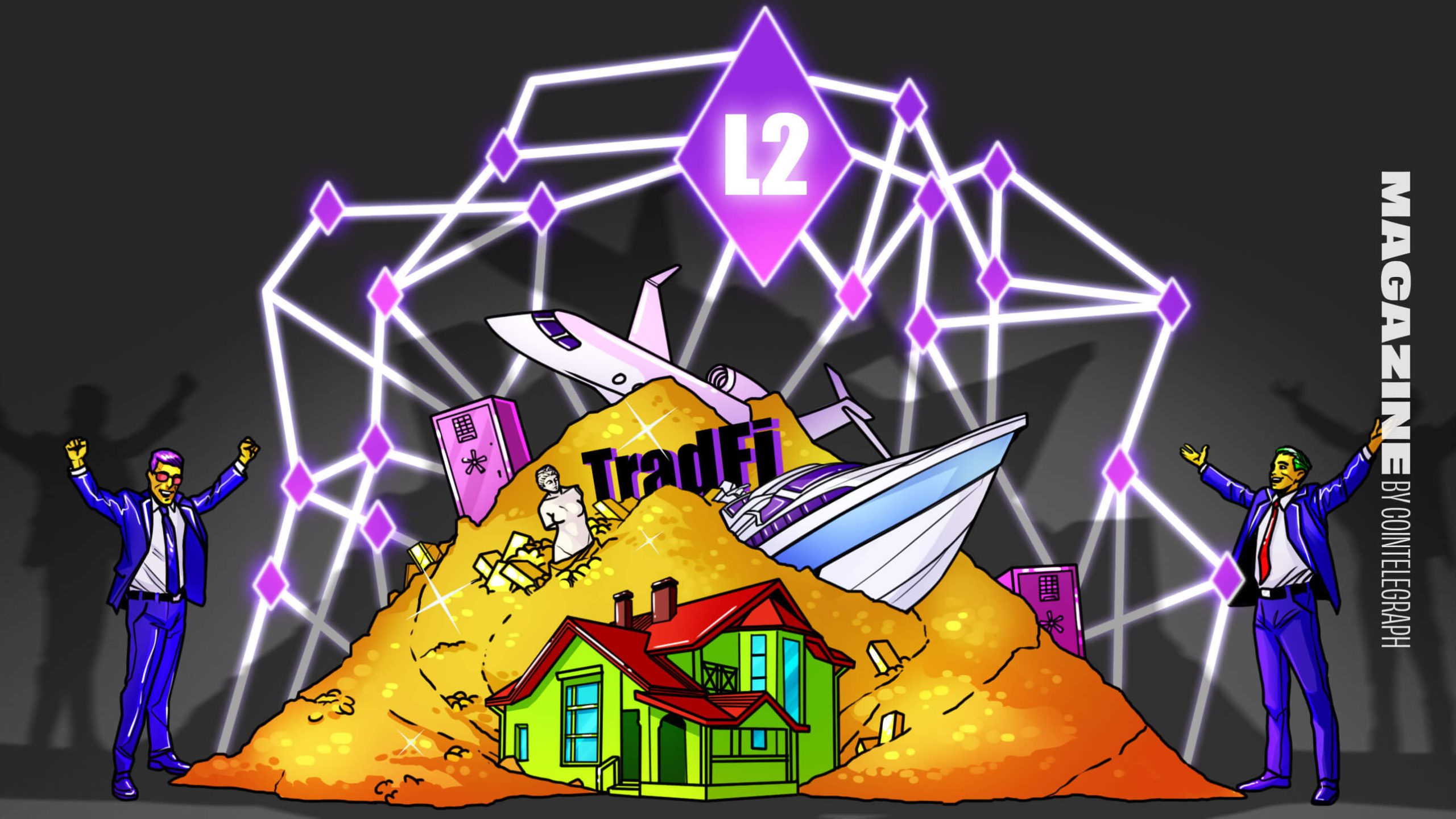Since its inception in 2009, Bitcoin has undergone several forks, or splits, that have given rise to new cryptocurrencies and variations of the original protocol. As of May 2024, there are over 100 Bitcoin forks in existence, with varying degrees of adoption and success.
These forks have sparked intense debates within the cryptocurrency community. Some view them as catalysts for innovation and progress, while others perceive them as disruptive forces that undermine the network's stability and core values.
And this dichotomy is precisely what we’ll zero in on today. We’ll look at why these forks happened, what they have achieved, and what they mean for Bitcoin's future.
Major Bitcoin Forks and Their Impact
Even though the nascent Bitcoin community was anything but cohesive, people were still somewhat successful in implementing Satoshi’s vision. However, the first crack appeared with the creation of Bitcoin XT in 2014, which fractured the community but provided a valuable lesson in governance.
This crypto schism occurred due to the devs’ wishes to increase the block size from one to eight megabytes, but others thought this was going too far. Thus, Bitcoin Classic (now shut down), with 2MB block sizes, was born, followed by Bitcoin Unlimited going in a completely opposite direction with gargantuan 16MB blocks.
However, this was followed by truly impactful forks, ones whose impact is felt even today. This includes:
Bitcoin Cash (BCH)
Bitcoin Cash (BCH) was created on August 1, 2017, as a result of a hard fork from Bitcoin. The primary motivation behind this fork was to address Bitcoin’s scalability issues, particularly the slow transaction times and high fees that resulted from Bitcoin's 1MB block size limit.
Proponents of Bitcoin Cash, including influential figures like Roger Ver, argued that increasing the block size would allow for more transactions per block, thus reducing fees and speeding up transaction times.
Upon its creation, Bitcoin Cash quickly gained attention and was adopted by several exchanges and merchants. It also saw an initial surge in value, reaching a significant market capitalization.
Over time, Bitcoin Cash has continued to evolve, with ongoing development and updates aimed at improving its functionality and scalability. It has maintained a dedicated community of supporters who believe in its potential as a peer-to-peer electronic cash system.
However, it faces competition from other cryptocurrencies that also aim to offer low fees and fast transaction times. Today, the debate over scalability and transaction fees continues to influence Bitcoin Cash's direction and development.
Bitcoin SV (BSV)
Bitcoin SV (Satoshi Vision) emerged on November 15, 2018, following a contentious split from Bitcoin Cash.
The fork was driven by disagreements within the Bitcoin Cash community, particularly regarding further block size increases and the direction of development. The project was spearheaded by Craig Wright and Calvin Ayre, who aimed to restore what they viewed as Satoshi Nakamoto's original vision of Bitcoin.
Bitcoin SV significantly increased the block size limit, initially to 128MB and then to 2GB, allowing for a much higher volume of transactions. The proponents of BSV argue that this large block size is necessary for the network to support enterprise-level applications and massive transaction volumes.
Likewise, this significant increase in block size has also led to concerns about centralization, as running a full node becomes more resource-intensive.
Bitcoin SV remains a controversial fork within the broader Bitcoin and cryptocurrency community. Its focus on large block sizes and high transaction throughput positions it uniquely among major cryptocurrencies. However, it still faces ongoing challenges in achieving widespread acceptance, with Coinbase finally dumping it for good in 2023.
Bitcoin Gold (BTG)
Bitcoin Gold was created on October 24, 2017, with the aim of making Bitcoin mining more decentralized. It achieved this by altering the mining algorithm from Bitcoin's SHA-256 to Equihash, which is more resistant to ASIC mining.
This change was intended to allow more people to mine BTG using regular GPUs, reducing the dominance of large mining farms and truly democratizing the token.
Bitcoin Gold uses the Equihash algorithm, which is designed to be memory-intensive and resistant to ASIC mining hardware. This divergence aims to democratize mining by making it more accessible to individuals.
Bitcoin Gold saw initial enthusiasm and was adopted by several exchanges. However, it has faced security challenges, including a major 51% attack in 2018 that resulted in $70,000 worth of double spend.
Today, Bitcoin Gold continues to exist as a smaller player in the cryptocurrency market. Its focus on decentralizing mining remains its primary distinguishing feature, though it has struggled to gain the same level of adoption and market presence as Bitcoin Cash and Bitcoin SV.
The Motivations Behind Bitcoin Forks
Bitcoin forks occur for various reasons, driven by a mix of ideological, technical, and economic motivations.
For example, one of the primary drivers for Bitcoin forks has been the need to address scalability issues. As Bitcoin's popularity grew, the network faced challenges in handling an increasing number of transactions, leading to longer confirmation times and higher fees.
Forks have also been initiated to introduce technical improvements or new features to the Bitcoin protocol. These could include changes to the consensus mechanism, enhanced privacy features, or the introduction of smart contract capabilities
In some cases, personal motivations, such as power struggles, ideological differences, or financial incentives, have contributed to the creation of Bitcoin forks. If you pay attention to the historical volatility of forks such as Bitcoin SV and Bitcoin Cash, you will notice that some people viewed them as investment vehicles.
For example, Bitcoin Cash, which split from Bitcoin in August 2017, saw its price surge to around $4,355 in December 2017, shortly after its inception. However, it later stabilized and traded within a range of $200 to $500 over the following years.
How These Major Forks Have Impacted Bitcoin
Aside from the obvious impact, the increase in threats to the OG BTC, major forks have had both a tangible and intangible effect on the crypto community as a whole. Truth be told, none of these forks have emerged as legitimate solutions to cash flow problems, but their impact is nonetheless
Market Volatility
Bitcoin forks often lead to heightened market volatility. For instance, the Bitcoin Cash (BCH) fork in August 2017 caused notable price fluctuations in both Bitcoin and the newly created Bitcoin Cash. Before the fork, Bitcoin's price was around $2,800, but it dropped to $2,700 immediately after the fork. Bitcoin Cash, on the other hand, started trading at approximately $555.
Similarly, Bitcoin SV (BSV), which split from Bitcoin Cash in 2018, has seen its price swing dramatically. In January 2020, BSV peaked at around $441.20, but by June 2024, its price had dropped to around $63. These fluctuations are often driven by investor speculation and market manipulation, with some viewing these forks as opportunities for financial gains.
Network Scalability and Development
Forks have also spurred significant debates and developments regarding Bitcoin's scalability.
The original Bitcoin network has limitations, such as a one-megabyte block size and ten-minute block creation time, which constrain its transaction throughput. As mentioned previously, these limitations led to the creation of Bitcoin Cash, which increased the block size to 8MB to handle more transactions per block.
The forks highlighted the need for scalability solutions, prompting various projects and protocols to enhance Bitcoin's transaction capacity. One prominent example is the Lightning Network, a layer-two solution designed to facilitate faster and cheaper transactions by creating off-chain payment channels
Security Concerns
Some forks have introduced security vulnerabilities. For instance, the lower hash rate and interest in Bitcoin SV have made it more susceptible to 51% attacks, where a malicious actor can control the majority of the network's mining power, compromising its security.
This has, unfortunately, led to concerns about the long-term viability and security of certain Bitcoin forks. What’s the point of further forking if organized malicious actors can seize control so easily?
Conclusion
As the cryptocurrency market matures and becomes increasingly integrated with traditional financial systems, the impact of Bitcoin forks on the wider economy cannot be understated. The success or failure of these forks will not only affect the fortunes of individual investors and businesses but could also have ramifications for the stability and security of the global financial infrastructure.
Ultimately, the future of Bitcoin and its forks will depend on the community's ability to find common ground and work towards a shared vision of a decentralized, inclusive, and resilient financial system.
This is a guest post by Kiara Taylor. Opinions expressed are entirely their own and do not necessarily reflect those of BTC Inc or Bitcoin Magazine.

You can get bonuses upto $100 FREE BONUS when you:
💰 Install these recommended apps:
💲 SocialGood - 100% Crypto Back on Everyday Shopping
💲 xPortal - The DeFi For The Next Billion
💲 CryptoTab Browser - Lightweight, fast, and ready to mine!
💰 Register on these recommended exchanges:
🟡 Binance🟡 Bitfinex🟡 Bitmart🟡 Bittrex🟡 Bitget
🟡 CoinEx🟡 Crypto.com🟡 Gate.io🟡 Huobi🟡 Kucoin.




















Comments